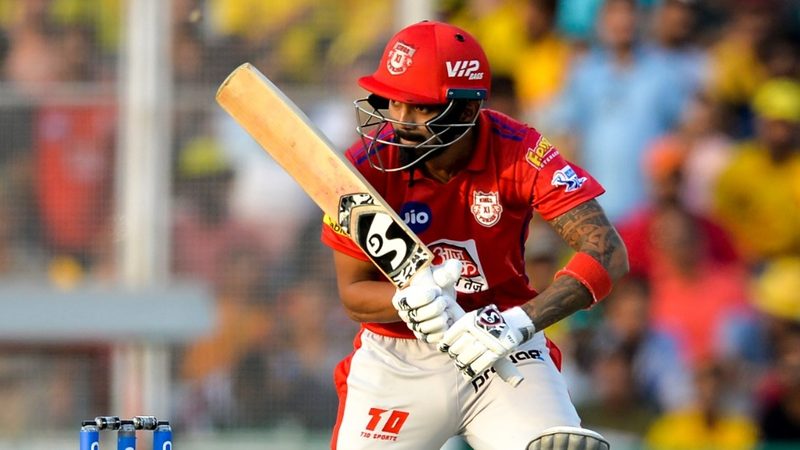
KL Rahul is perhaps the only factor standing between Delhi and a win in their opening fixture of Indian T20 League 2020. While they managed to silence Rahul last year in both matches between these sides, Rahul’s threat multiplies this year with Punjab having a strong attacking middle-order trio of Glenn Maxwell, Sarfaraz Khan and Nicholas Pooran.
Rahul’s pattern of scoring in the Indian T20 League in recent years is interesting. In 2018, Rahul went all out in attack in the beginning as he partnered with Chris Gayle. In 2019, he was more circumspect in the first six overs and then kicked on after that. In both years, his death batting was exceptional which means that a lot of time Rahul batted long enough to reach the death overs.
Here are the issues Delhi have against Rahul:
KL Rahul is strong against most bowling types
Playing match-ups against Rahul is a tough ask. The Punjab skipper and opener is a strong player against most bowling types as illustrated by the table below.
| KL Rahul vs different bowler types in Indian T20 League since 2018 | |||||
| Type | Runs | Balls | Outs | Avg | SR |
| Fast | 804 | 568 | 12 | 67 | 141.54 |
| Legbreak | 197 | 139 | 5 | 39.4 | 141.7 |
| Off break | 185 | 96 | 6 | 30.8 | 192.7 |
| Chinaman | 6 | 3 | 0 | - | 200 |
| Orthodox | 60 | 48 | 0 | - | 125 |
Of Delhi’s bowlers, Rahul has a terrific record against Amit Mishra. Kagiso Rabada and Ishant Sharma are perhaps Delhi’s best bet against Rahul given the steep bounce and pace the two generate.
Scoring patterns
KL Rahul scores quickly but there’s a definitive trend. His Indian T20 League strike rate in 2018 was 158.41. In 2019, it dropped to below 140 as Rahul tried to take more burden of batting through the innings. It didn’t result, however, in him being dismissed less often in the powerplay.
Overall numbers since 2018 when calculated over-by-over shows that Rahul’s scoring rate is almost always well above average.
| KL Rahul - RPO in each over in Indian T20 League since 2018 | ||||
| Over | Runs | Balls Faced | Dismissals | RPO |
| 1 | 123 | 107 | 1 | 6.71 |
| 2 | 105 | 76 | 3 | 8.18 |
| 3 | 118 | 72 | 1 | 9.44 |
| 4 | 96 | 64 | 1 | 8.6 |
| 5 | 83 | 55 | 3 | 9.05 |
| 6 | 71 | 49 | 0 | 8.69 |
| 7 | 78 | 53 | 2 | 8.51 |
| 8 | 58 | 50 | 3 | 6.96 |
| 9 | 58 | 38 | 1 | 8.92 |
| 10 | 52 | 37 | 1 | 8.43 |
| 11 | 35 | 29 | 2 | 7.24 |
| 12 | 22 | 25 | 1 | 5.28 |
| 13 | 32 | 26 | 0 | 7.38 |
| 14 | 33 | 18 | 0 | 11 |
| 15 | 44 | 31 | 0 | 8 |
| 16 | 60 | 36 | 0 | 9.73 |
| 17 | 45 | 27 | 0 | 10 |
| 18 | 48 | 26 | 2 | 10.67 |
| 19 | 63 | 23 | 2 | 15.12 |
| 20 | 28 | 12 | 0 | 14 |
He was, however, dismissed nine times in the first six overs – 4 times in 2018 and 5 times in 2019 – in the Indian T20 League since 2018. Post the powerplay, he slows down a touch. Between overs 7 and 16, he gets out just 10 times despite the 10-over extended phase. Rahul then takes off completely in the death.
This pattern is one Delhi will want to break if at all he manages to survive the powerplay. Attacking him within the first six still remains the best chance for dismissing him.
Feature image courtesy: AFP / Sajjad Hussain



























